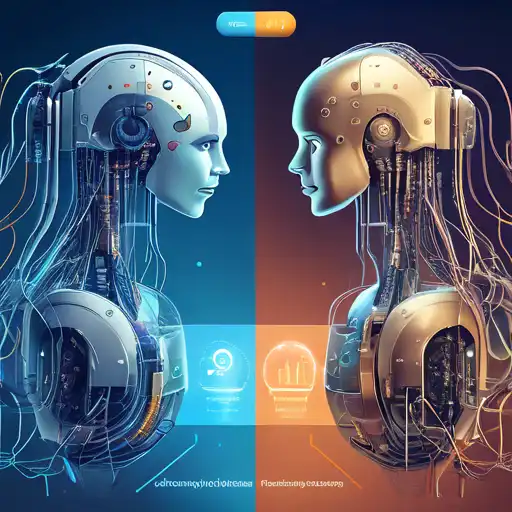Introduction to Machine Learning and Deep Learning
In the realm of artificial intelligence (AI), machine learning and deep learning are two of the most talked-about technologies. While they are often used interchangeably, they have distinct differences that set them apart. This article delves into the key differences between machine learning and deep learning, providing insights into how each technology operates and where they are best applied.
What is Machine Learning?
Machine learning is a subset of AI that enables systems to learn from data, identify patterns, and make decisions with minimal human intervention. It uses algorithms to parse data, learn from it, and then make a determination or prediction about something in the world.
What is Deep Learning?
Deep learning, a subset of machine learning, mimics the workings of the human brain in processing data for use in detecting objects, recognizing speech, translating languages, and making decisions. Deep learning algorithms are constructed with connected layers of neurons, forming what's known as artificial neural networks.
Key Differences Between Machine Learning and Deep Learning
Data Dependency
Deep learning requires large amounts of data to perform well, whereas machine learning can work with smaller datasets. This is because deep learning models are more complex and need more data to understand the underlying patterns.
Hardware Requirements
Deep learning algorithms are computationally intensive and often require powerful GPUs for processing. Machine learning algorithms, on the other hand, can run on less powerful machines.
Feature Engineering
In machine learning, feature engineering is crucial. Experts need to identify and create features that help the algorithm learn. Deep learning automates this process, extracting features directly from the data.
Interpretability
Machine learning models are generally easier to interpret than deep learning models. The latter's complexity makes it harder to understand how decisions are made, often referred to as the "black box" problem.
Applications of Machine Learning and Deep Learning
Machine Learning Applications
- Email filtering
- Fraud detection
- Customer segmentation
Deep Learning Applications
- Autonomous vehicles
- Voice recognition systems
- Image recognition
Conclusion
While both machine learning and deep learning are pivotal to advancing AI technologies, understanding their differences is crucial for selecting the right approach for your project. Machine learning is ideal for projects with limited data and resources, whereas deep learning excels in handling complex problems with vast amounts of data. As AI continues to evolve, the line between these two technologies may blur, but their core differences will remain significant.
